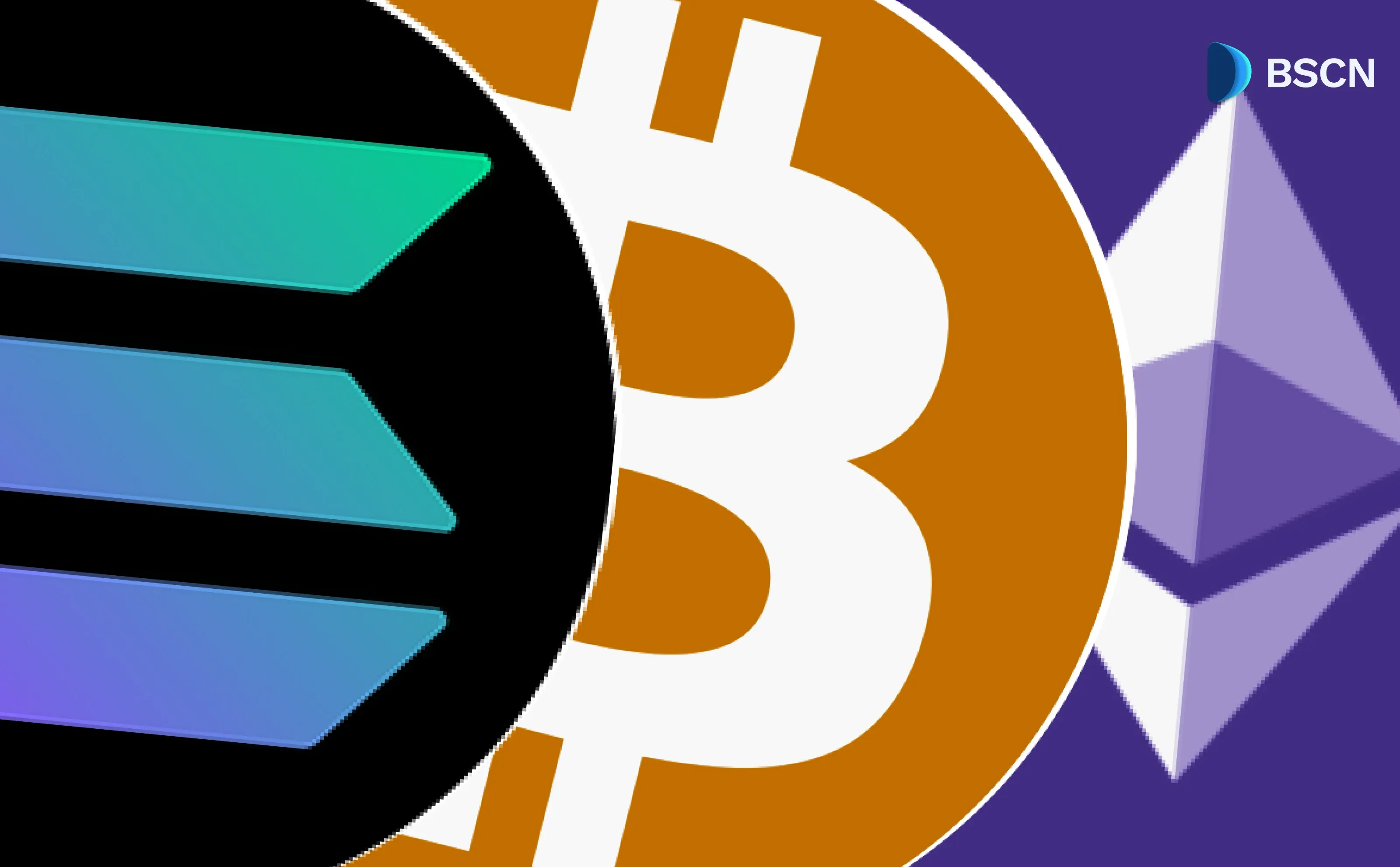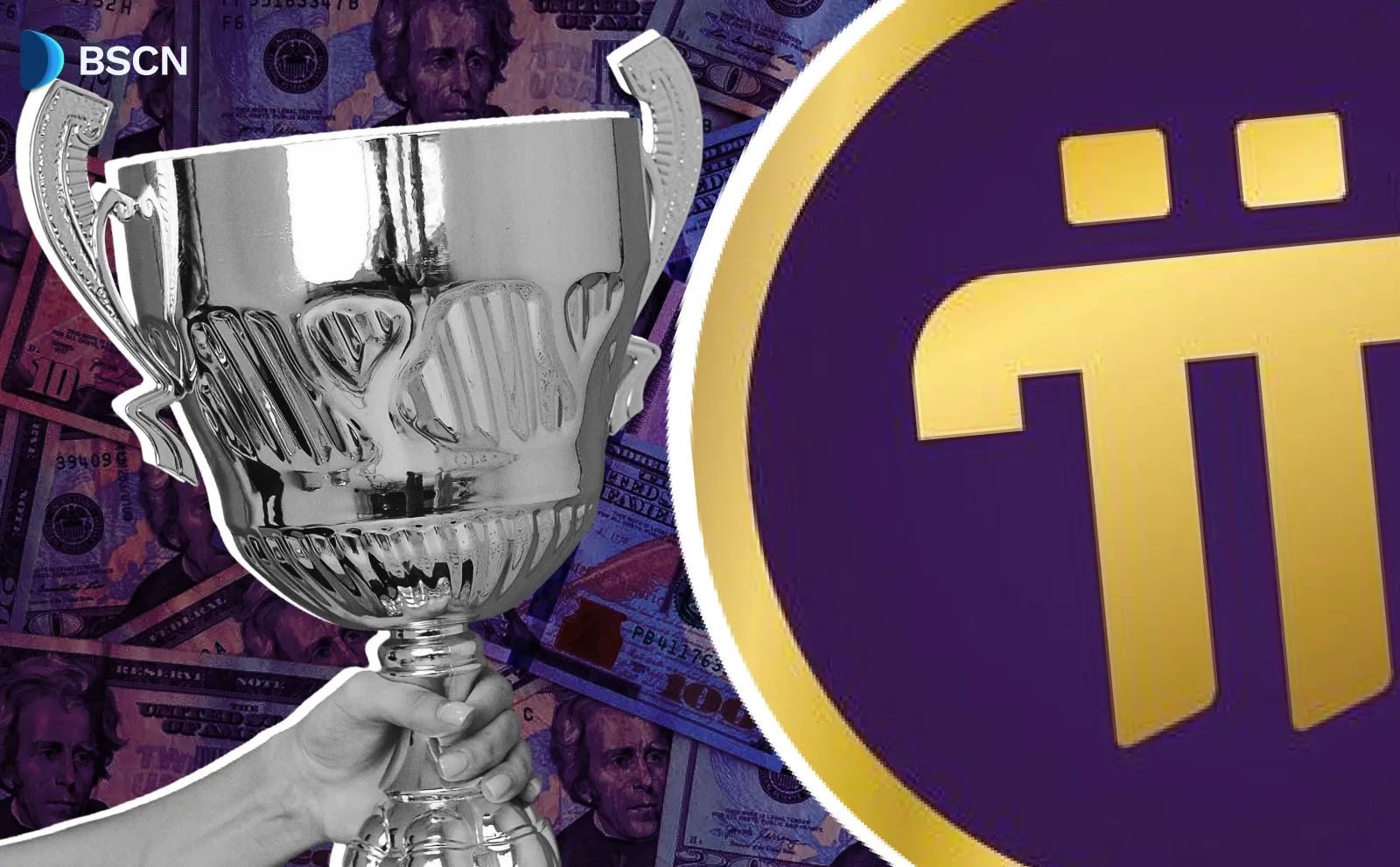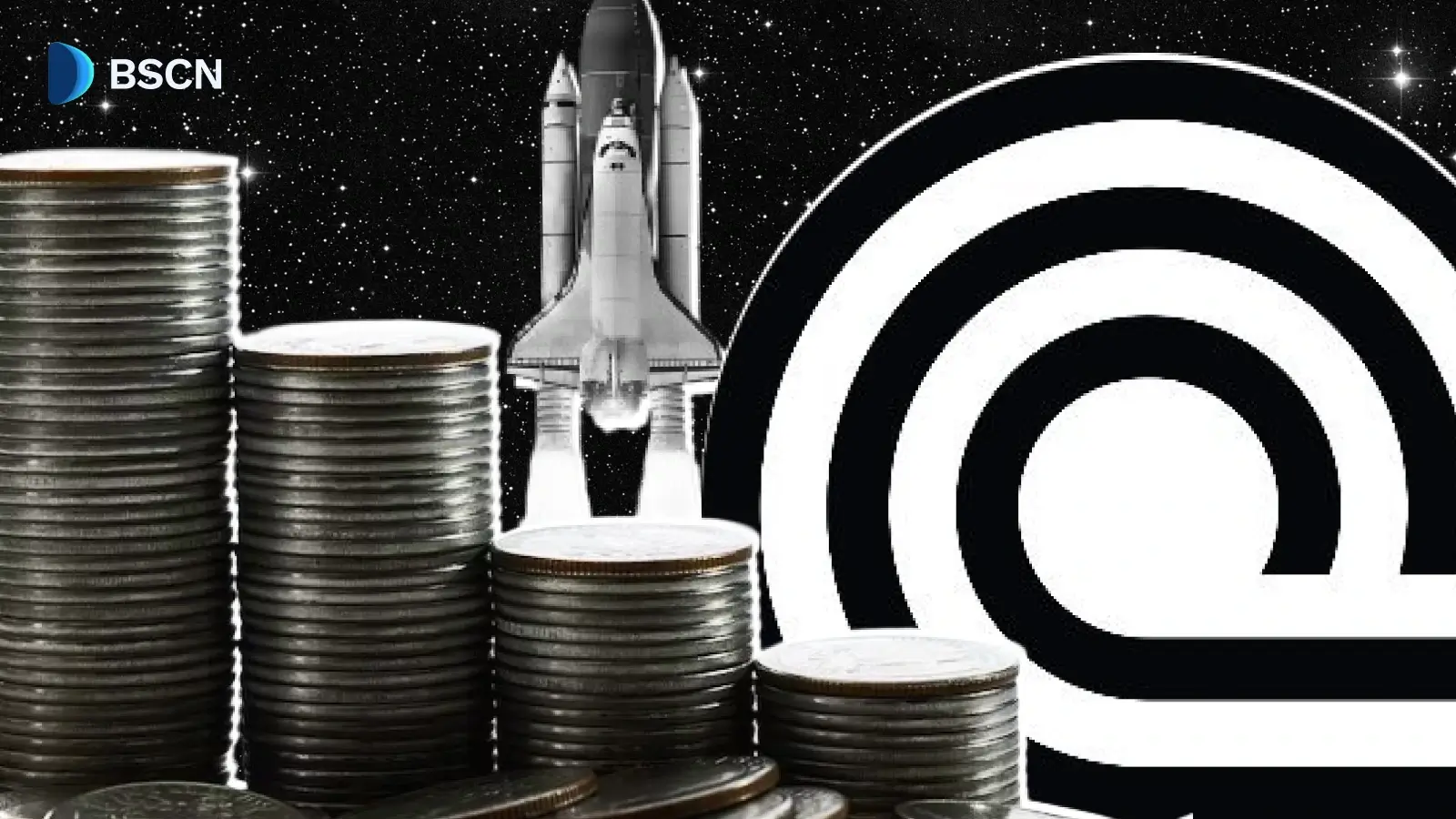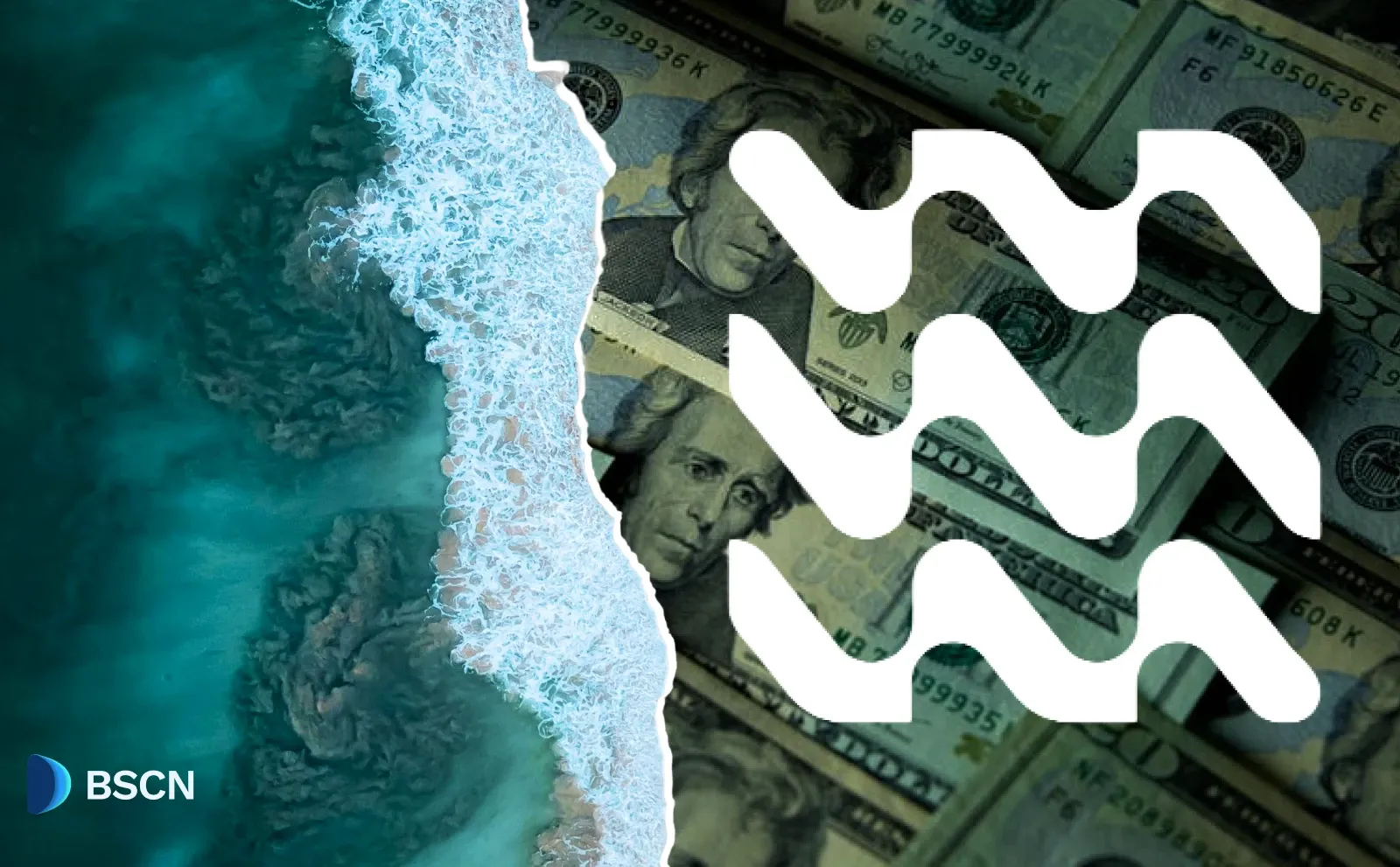WEB3
(Advertisement)
US President Donald Trump Signs Landmark Crypto Executive Order: Key Takeaways

The order bans Central Bank Digital Currencies (CBDCs), citing risks to privacy and sovereignty, and directs federal agencies to halt all CBDC-related projects.
Soumen Datta
January 24, 2025
(Advertisement)
Table of Contents
On January 23, 2025, President Donald Trump signed an executive order aimed at advancing America's leadership in digital assets, particularly blockchain technology.
This executive order, focused on shaping the future of digital assets like cryptocurrencies, comes with a strong commitment to regulatory clarity, financial independence, and preserving privacy.
Let’s break down the key components:
Ban on Central Bank Digital Currencies (CBDCs)
One of the most notable aspects of the executive order is its firm stance against Central Bank Digital Currencies (CBDCs). The order explicitly prohibits any federal action to create or promote a CBDC within the United States.
CBDCs, digital currencies issued directly by central banks, have been a point of concern for many due to their potential to infringe on individual privacy and national sovereignty.
The order defines CBDCs as “a form of digital money or monetary value, denominated in the national unit of account, that is a direct liability of the central bank.” As such, the order demands that federal agencies halt any ongoing CBDC projects or initiatives, thus safeguarding the U.S. from the perceived risks associated with CBDCs.
Creation of a Federal Digital Assets Regulatory Framework
The executive order also paves the way for the establishment of a federal regulatory framework for digital assets. This includes stablecoins and other blockchain technologies.
A key part of this initiative is the formation of a presidential working group tasked with evaluating the overall market structure, consumer protection, and risk management in the digital asset space. The working group will also assess the creation of a national digital asset stockpile.
This digital asset stockpile will primarily consist of cryptocurrencies seized by federal authorities, including Bitcoin. The U.S. government currently holds over 198,000 Bitcoin, worth approximately $20.1 billion, which could potentially be part of this national stockpile. This move aligns with Trump’s earlier pledge to create a strategic Bitcoin reserve, ensuring the nation’s financial independence while bolstering the role of digital assets in the economy.
Furthermore, the order emphasizes that the U.S. will maintain its commitment to open public networks, ensuring that blockchain technology and digital assets can flourish without unjust censorship.
Reevaluation of Existing Digital Asset Regulations
In addition to the new framework, the executive order also mandates that federal agencies reevaluate their current regulations surrounding digital assets.
Agencies are required to propose updates to existing regulations within 60 days. This step is crucial for ensuring that the U.S. digital economy stays up-to-date with technological advancements while maintaining legal clarity.
Strategic Bitcoin Reserve: A Disappointment for Some?
While the executive order brings forward several important measures, it also falls short of the much-anticipated “strategic national Bitcoin reserve” that many in the crypto community had hoped for.
The order mentions the creation of a digital asset stockpile, but it does not specifically highlight Bitcoin. This has sparked disappointment among Bitcoin advocates, who argue that only Bitcoin should be included in such a reserve.
“Bitcoin maxis REALLY struggling with the ‘digital assets’ language,” Travis Kling, Ikigai Asset Management CIO, wrote on X.
Critics of the executive order are concerned that the term “digital assets” could lead to the inclusion of various cryptocurrencies, diluting the focus on Bitcoin. However, supporters of the order believe that a national Bitcoin reserve, backed by the federal government’s seized Bitcoin, could significantly strengthen the country’s position in the global financial system.
Read Next...
Disclaimer
Disclaimer: The views expressed in this article do not necessarily represent the views of BSCN. The information provided in this article is for educational and entertainment purposes only and should not be construed as investment advice, or advice of any kind. BSCN assumes no responsibility for any investment decisions made based on the information provided in this article. If you believe that the article should be amended, please reach out to the BSCN team by emailing [email protected].
Author
 Soumen Datta
Soumen DattaSoumen has been a crypto researcher since 2020 and holds a master’s in Physics. His writing and research has been published by publications such as CryptoSlate and DailyCoin, as well as BSCN. His areas of focus include Bitcoin, DeFi, and high-potential altcoins like Ethereum, Solana, XRP, and Chainlink. He combines analytical depth with journalistic clarity to deliver insights for both newcomers and seasoned crypto readers.
(Advertisement)
Latest News
(Advertisement)
Crypto Project & Token Reviews
Project & Token Reviews
Comprehensive reviews of crypto's most interesting projects and assets
Learn about the hottest projects & tokens

















